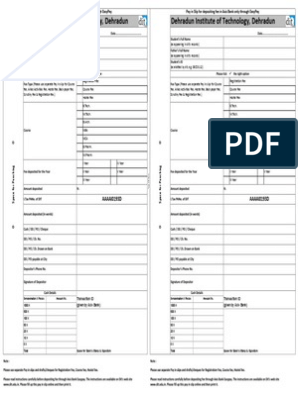100% found this document useful (1 vote)
124 views14 pagesUsing Team in Organization
This document discusses teams in organizations and how to implement them effectively. It defines teams and differentiates them from groups. There are three main types of skills needed for teams: technical, problem-solving, and interpersonal. Teams provide benefits like increased performance and employee satisfaction, while costs like turnover are reduced. Implementation occurs in phases as teams transition from start-up to becoming self-managing. Top management support, understanding timeframes, and changing rewards systems are important factors for promoting team success.
Uploaded by
Yssa ChavezCopyright
© © All Rights Reserved
We take content rights seriously. If you suspect this is your content, claim it here.
Available Formats
Download as PPTX, PDF, TXT or read online on Scribd
100% found this document useful (1 vote)
124 views14 pagesUsing Team in Organization
This document discusses teams in organizations and how to implement them effectively. It defines teams and differentiates them from groups. There are three main types of skills needed for teams: technical, problem-solving, and interpersonal. Teams provide benefits like increased performance and employee satisfaction, while costs like turnover are reduced. Implementation occurs in phases as teams transition from start-up to becoming self-managing. Top management support, understanding timeframes, and changing rewards systems are important factors for promoting team success.
Uploaded by
Yssa ChavezCopyright
© © All Rights Reserved
We take content rights seriously. If you suspect this is your content, claim it here.
Available Formats
Download as PPTX, PDF, TXT or read online on Scribd
/ 14
























































































